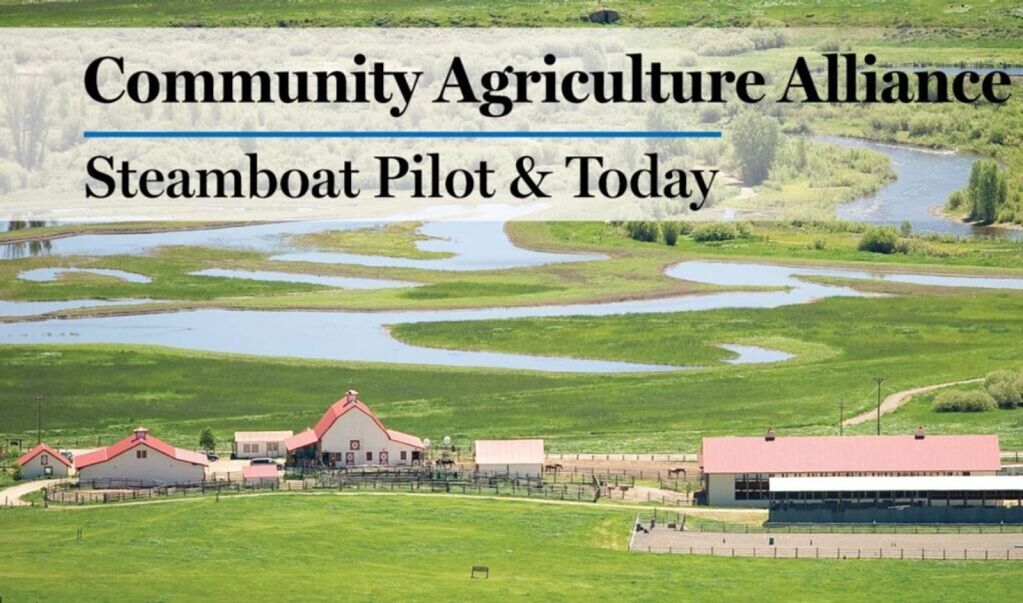Recognized throughout Colorado by residents and visitors alike, the view from Rabbit Ears Pass of the valley floor south of Steamboat Springs is routinely valued as one of the most scenic vistas in the state.
This still mostly open landscape repeats itself in other locations across the Colorado mountains, and these open spaces are there for a reason. The reason, for most of the years since the first European settlers arrived, has nothing to do with providing an attractive backdrop for glossy real estate marketing materials.
These largely open meadows and pastures were and often still are the winter home for the livestock of the farms and ranches of our communities and for summer production of hay to feed the overwintering cattle, horses and sheep.
The agricultural economy of our communities is directly tied to the mountains surrounding our valley floors. The mostly national forest lands and Bureau of Land Management parcels ranging across the mountain landscapes, from the foothills to the continental divide provide summer forage for grazing livestock.
Many of the farms and ranches, which have long been the core of rural communities throughout the Rocky Mountain west, are dependent on this association between upland grazing in the summer months and the more moderate conditions in the valleys for feeding of hay in the winter in preparation for spring calving and lambing.
All of the landscape helps meet this cycle of the seasons to produce food for the population and contributes to the economic well-being of our communities. Without this cycle and connection of the mountain and valley landscapes, an important resource for a hungry planet would be lost.
Even if your own lifestyle does not include animal protein as part of your diet, it is important to remain aware of the fact that there are cultures scattered throughout the world that are almost exclusively dependent on these cycles of the season and forage resources to survive.
It is increasingly important for residents and visitors to be aware of these critical connections between the necessary landscapes of our agricultural economy and the responsibility of land ownership. These include maintaining fences to keep livestock where they are intended to be, controlling both noxious and nuisance weeds and managing water rights and delivery structures to make certain that water is used wisely and effectively.
The pressure throughout the west is to separate water from agriculture and deliver it to cities. There are communities throughout our region where the pressures from real estate development have made it impossible for agriculture to remain part of the community and local economy.
Without the commitment of both agricultural producers and other county residents, we risk a similar fate for our valley. But we have a resource that the others do not have: the Community Agriculture Alliance.
Since 1999, CAA has worked to provide education, agricultural product marketing, support for local producers and outreach to bring the ag and non-ag residents of our community together. Watch for the upcoming programs from CAA to recognize and celebrate Ag Appreciation Week, March 20-27.
Greg Brown is a Community Agriculture Alliance board member, former supervisor of the Routt County Weed Program, and former vice president of Colorado Wool Growers Association.
